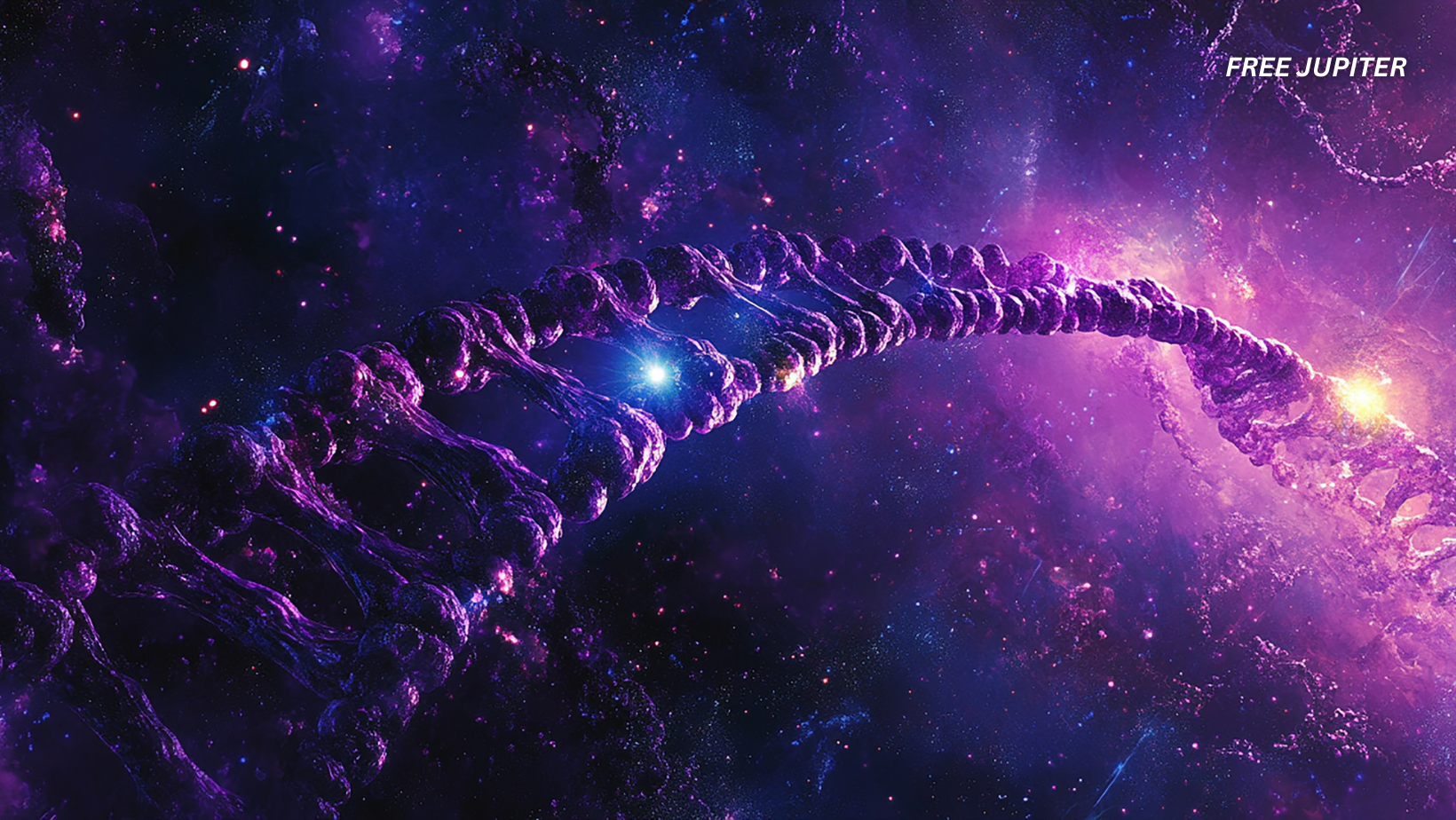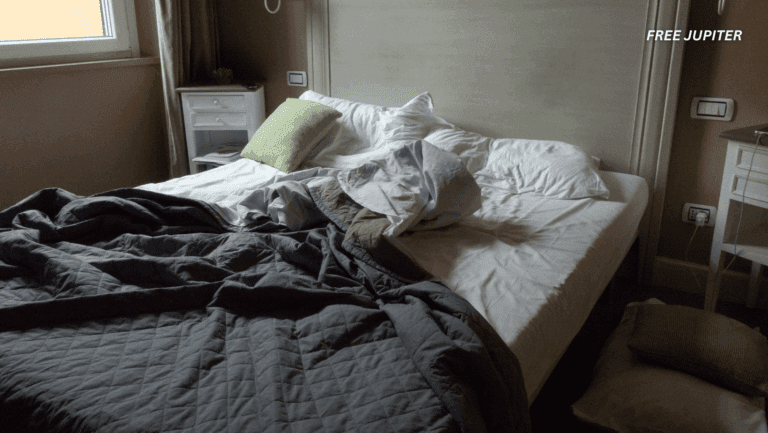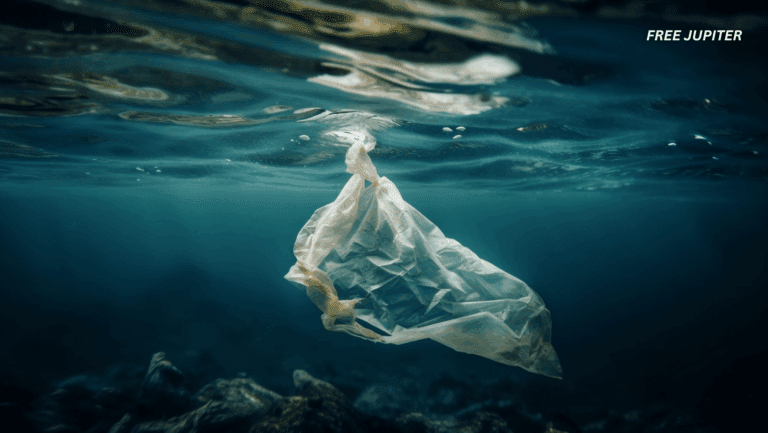When people dream about living on Mars or vacationing on the Moon, they usually imagine sleek spacecraft, cool space suits, and otherworldly views. What they probably don’t picture is their stem cells quietly falling apart at an accelerated rate. But according to new research, that’s exactly what happens.
A team of scientists has discovered that human stem cells—the body’s “master cells” that help repair tissues and keep our immune system humming—don’t fare so well in outer space. Instead of calmly doing their job, these cells burn out more quickly, accumulate damage, and age faster than they would on Earth.
That may not sound dramatic at first glance, but it poses a serious obstacle to long-term space travel. After all, if our cells are already stressed from the journey, how are we supposed to survive the long haul to Mars or beyond?
Space: The Ultimate Stress Test for Humans
Catriona Jamieson, director of the Sanford Stem Cell Institute and professor of medicine at the University of California San Diego, summed it up well: “Space is the ultimate stress test for the human body.”
And she’s not exaggerating. The human body evolved to thrive on Earth—with gravity keeping our bones strong, a magnetic field shielding us from harmful radiation, and a breathable atmosphere wrapping us in comfort. Strip those protections away, and things get dicey.
Two of the biggest culprits in space are:
- Microgravity: The near-weightlessness experienced in orbit. It might look fun when astronauts float around the International Space Station (ISS), but microgravity wreaks havoc on bones, muscles, and circulation.
- Cosmic radiation: High-energy particles that constantly stream through space. On Earth, we’re protected by the atmosphere and magnetic field. In orbit? Not so much.
Together, these conditions create a biological pressure cooker, speeding up processes like cellular aging.
Read more: Can Adults Really Grow New Brain Cells? This New Study May Have the Final Answer
How Scientists Tested Stem Cells in Orbit
To investigate, researchers collected bone marrow stem cells from volunteers undergoing hip replacement surgery. These cells—technically called hematopoietic stem and progenitor cells (HSPCs)—are especially important because they help regulate immune health and keep cancer in check.
The cells were placed in special vessels known as nanobioreactors, which mimic certain conditions of the human body. Some were studied here on Earth, while others hitched a ride on four separate SpaceX cargo missions to the ISS.
Here’s where things got futuristic: instead of relying solely on microscopes and lab notes, the scientists used artificial intelligence-powered imaging tools to monitor the cells in real time. This high-tech approach allowed them to track changes with far more detail than traditional methods.
The results weren’t encouraging.
What Happened to the Cells in Space
The stem cells exposed to space didn’t just age—they rushed through the process. Some key findings:
- Accelerated aging: The cells looked like older versions of themselves much sooner than expected.
- Overactivity: Instead of resting and recovering, the cells were “overclocked,” constantly working until they became exhausted.
- DNA damage: Space cells were more vulnerable to harmful mutations.
- Dark genome activation: Parts of the genome we don’t fully understand (sometimes called the “dark genome”) lit up with stress signals, hinting at deeper biological changes.
In short, it was as though the cells had been thrown into a high-pressure job with no breaks—and quickly burned out.
The Silver Lining: Recovery Is Possible
It’s not all bad news. When the space-stressed stem cells were returned to a young, healthy tissue environment, they showed signs of recovery. This suggests that cell damage in space might not be permanent and could potentially be reversed.
That discovery opens up intriguing possibilities. Could astronauts one day receive treatments that “reset” their cells after a mission? Or could new technologies help rejuvenate cells during spaceflight itself?
Researchers are optimistic, noting that these insights could also benefit people on Earth. If we figure out how to slow or reverse aging in space, the same techniques might be used to treat age-related diseases like cancer or immune decline here at home.
Read more: Even After You Lose Weight, Your Fat Cells Retain A Special Memory Of Being Obese
Related Space Health Challenges
The stem cell study is just one piece of a much bigger puzzle: keeping humans alive and healthy beyond Earth. Other studies have revealed:
- Bone loss: A 2022 study showed astronauts can lose decades’ worth of bone density in just six months aboard the ISS. Recovery back on Earth is slow and often incomplete.
- Vision problems: Many astronauts develop blurry vision after long stays in space, likely due to fluid shifting toward the head in microgravity.
- DNA risks: NASA’s famous “Twins Study,” which compared astronaut Scott Kelly (who spent a year in orbit) with his Earth-bound twin, showed significant changes in gene expression, immune response, and even chromosome length.
- Muscle atrophy: Without gravity pulling against them, muscles weaken quickly. Astronauts must exercise for hours each day just to slow the decline.
All of this suggests that if humans ever want to colonize Mars, we may need to do more than pack food and oxygen. We might actually need to rethink—and perhaps reengineer—our biology.
What This Means for Future Space Travel
So, should we give up on our cosmic dreams? Not necessarily. But the research is a reminder that space travel isn’t just about building bigger rockets—it’s about biology.
Protecting astronauts may require:
- Advanced shielding against radiation.
- Medicines or therapies that help cells resist or repair damage.
- Artificial gravity habitats to counter microgravity.
- Even genetic tweaks (though controversial) to make humans more resilient in space.
And of course, there’s the commercial side. As private companies push for space tourism, understanding these risks becomes crucial. No one wants to sign up for a two-week orbit vacation if it means their cells come back decades older.
Space Science Meets Everyday Life
Here’s the fascinating twist: studying how our cells behave in extreme environments like space often gives us fresh insights into everyday health problems.
For example:
- Research on astronaut bone loss has informed treatments for osteoporosis.
- Studies on radiation exposure in orbit can guide cancer therapy development.
- And now, stem cell aging in space might lead to breakthroughs in slowing aging on Earth.
In other words, every astronaut is also a medical research volunteer, helping humanity learn more about its own biology.
Spaceflight makes stem cells age quicker, study shows
Read more: Some People Have a Unique Human Gene That Supercharges Their Immune System
The Takeaway
Stem cells, it turns out, don’t handle space very gracefully. They age faster, wear out sooner, and struggle to protect our bodies from harm. That’s a huge challenge for dreams of Mars colonies or deep-space travel.
But the story isn’t all doom and gloom. The fact that stressed cells can bounce back in the right environment suggests hope for both astronauts and ordinary people facing age-related diseases.
So while our cells may not yet be ready for space, research like this brings us closer to a future where long-distance spaceflight—and maybe even healthier aging on Earth—is within reach.
Featured image: Freepik.
Friendly Note: FreeJupiter.com shares general information for curious minds. Please fact-check all claims and double-check health info with a qualified professional. 🌱










